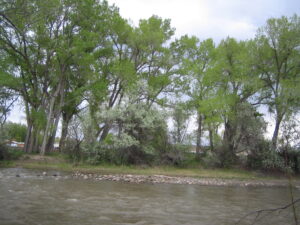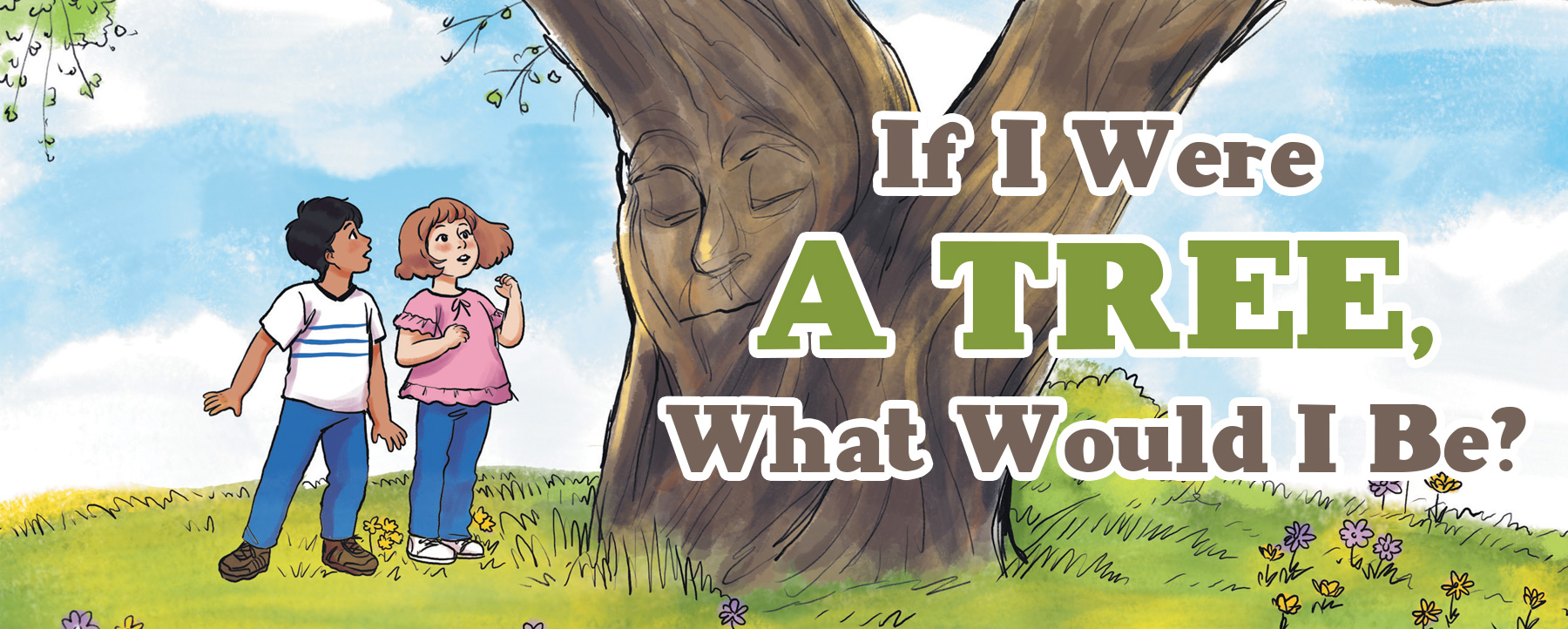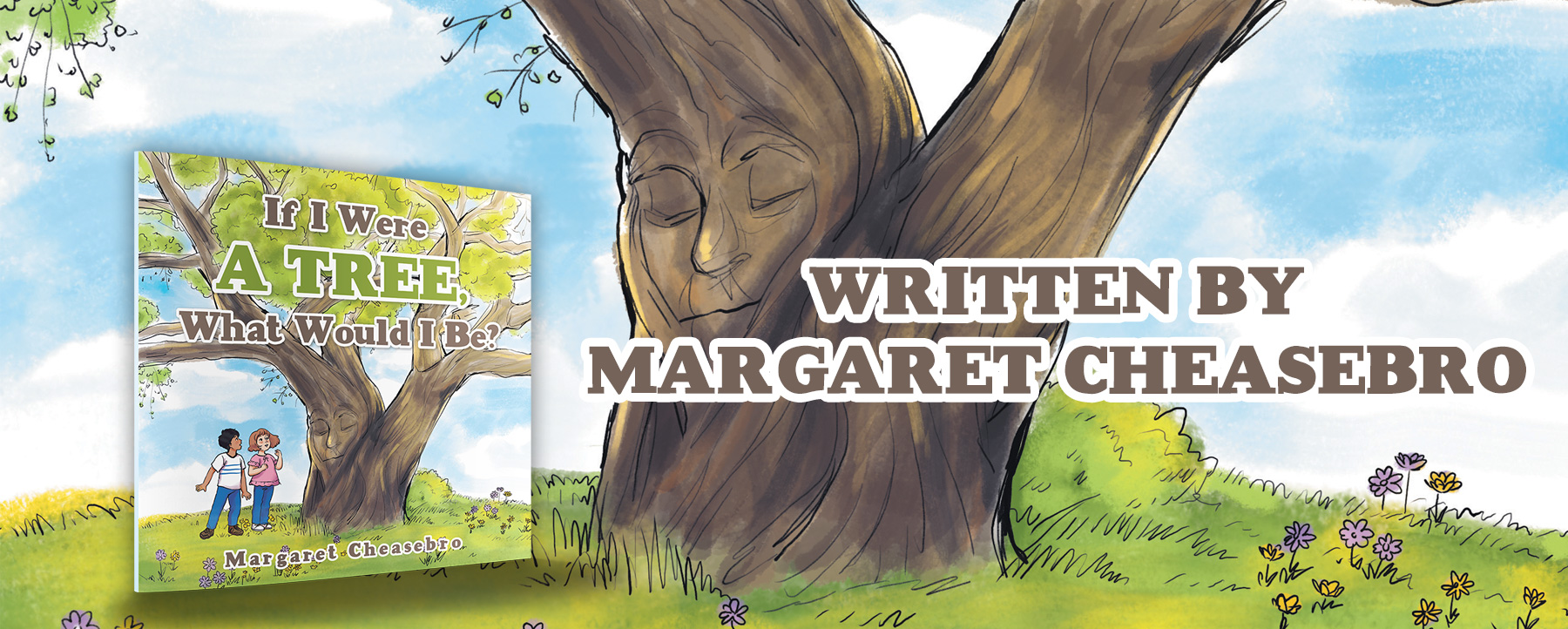
Trees form a community
Time Magazine just came out with Time 100: The World’s Most Influential People. What an amazing issue! The publication is full of impressive people from artists, titans and leaders to innovators, icons and pioneers. Among the icons, one especially stood out for me.
Suzanne Simard is identified as the tree whisperer. She wrote the book, Finding the Mother Tree, in 2021. The Time article, written by Time editor-at-large Jeffrey Kluger, describes how Simard has made an impressive effort to let people know that trees have an important way of talking to each other. They do this through a profuse network of mycorrhizal fungi that spreads far and wide. Through these fungi, they share information about nutrients and potential threats such as disease and drought.
The network uses old “mother trees” as hubs to deliver the information. Among those who receive it through the fungi network are young seedlings.
Finding the Mother Tree explains that trees in forests have an interdependent connection with fungi mycelium. They exchange sugars through their root and mycelial structures. When they do that, they also exchange micronutrients with each other. Those nutrients create a pipeline of exchange within forest communities. Knowledge is transferred about all kinds of things that relate to the health and safety of trees.
Simard is a professor of forest ecology at the University of British Columbia. She has given TED talks that have been viewed more than 10 million times. She has written more than 200 peer-reviewed articles that explain how important it is to work at preserving forests. The trees need our help in the face of climate change, wildfires and other threats.
After reading the information about Suzanne Simard in the Time 100 issue, I felt thankful that there are people like her working hard to share the information they have about how trees communicate life-saving information. She is teaching many people that it’s vital to keep alive and well the transmission “lines” among vast networks of trees.


